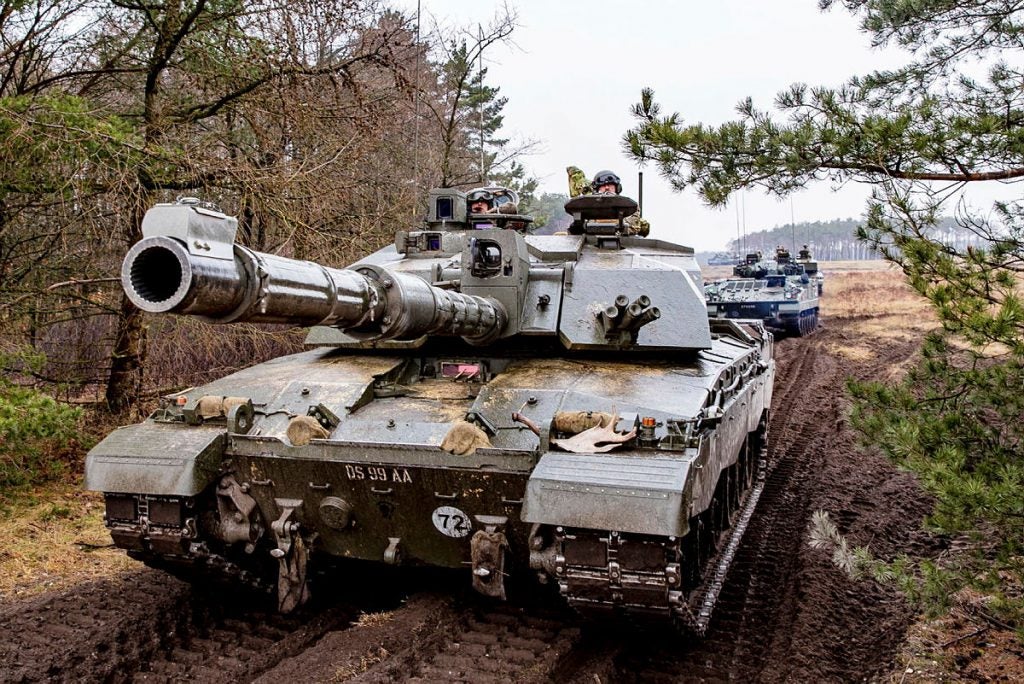British Army Unveils “Future Soldier” Modernization Plans
The British Army has revealed its plans for what it describes as its most radical transformation in 20 years. Speaking in the House of Commons, Defense Secretary Ben Wallace said that Future Soldier would reform the Army to “operate on a continuous basis, fielding all the relevant capabilities for this era of constant competition and persistently engaged around the globe supporting our partners and deterring our adversaries” as a “deployable and lethal” expeditionary fighting force.
The plan calls for the reorganization of deployable forces into Brigade Combat Teams, which will integrate the full range of combat capabilities at the lowest possible level, including artillery, manned aerial systems, cyber, air defense, engineers, signals and logistical support. The British Army says that the increased self sufficiency of these tactical formations will facilitate more options for decision makers.
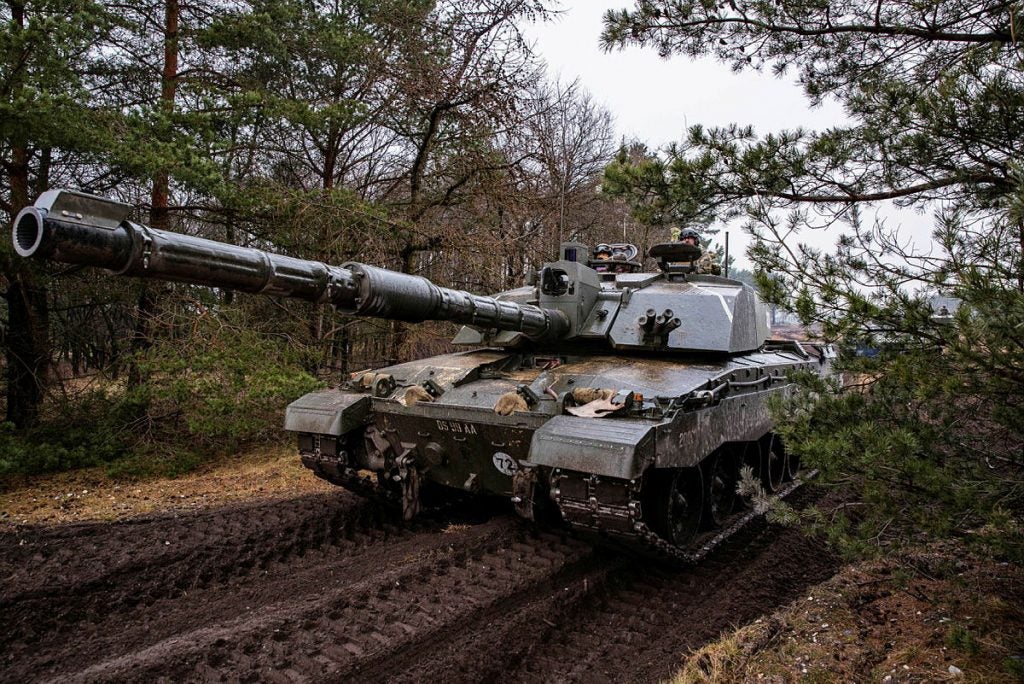
The Army aims to double the proportion of the deployable force that contributes to “deep effects” in battle. Most notably, it will be standing up a new Deep Recce Strike Brigade Combat Team, which will combine reconnaissance missions with long-range precision strike capability. In addition to improved electronic warfare, communications and cyber capabilities, the Deep Recce Strike BCT is planned to be given the capability to strike at ranges of up to 499 kilometers from 2024.
Future Soldier calls for the establishment of three new “regional land hubs” in Germany, Oman and Kenya. Yesterday the MoD was forced to refute claims that the British Army Training Unit Suffield in Canada was to close. British Army personnel and equipment deployed to the hubs will be deployed on a more persistent basis than current arrangements, reassuring allies through greater development of interoperability, and providing improved access to crises.
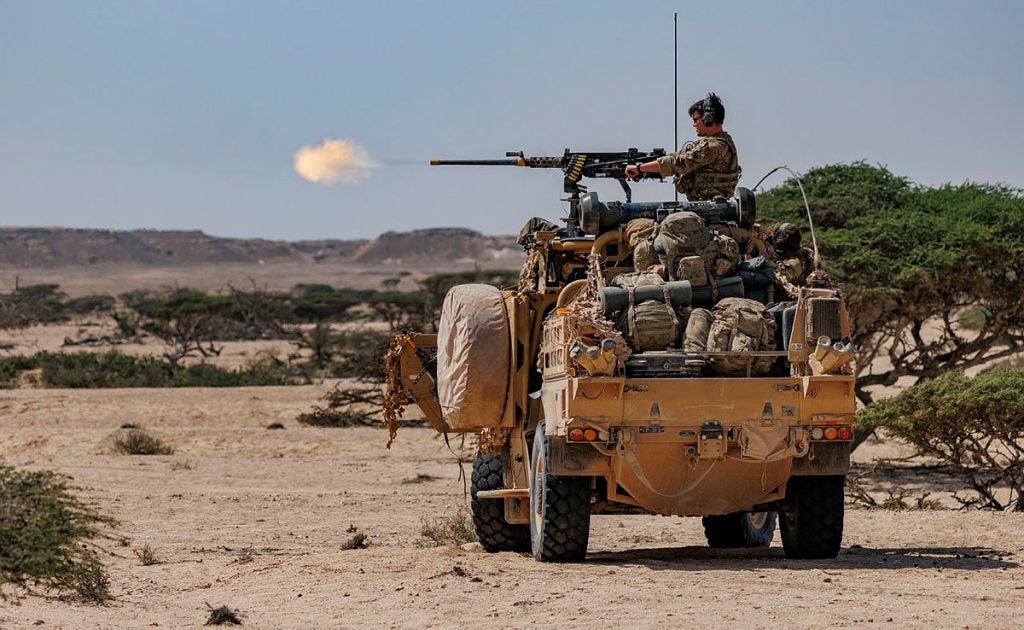
The British Army’s infantry will be reorganized into four Infantry Divisions, namely The Queen’s Division, the Union Division, The Light Division and the Guards and Parachute Division. Each Division will have one of the new Ranger Battalions attached to it. The Ranger Battalions, part of the Ranger Regiment special operations force that will reach Initial Operating Capability on 1st December 2021, will provide “discreet” training and advisory functions to partner nation forces in high risk environments.
The British Army is also making heavy investments in innovation and experimentation, with the formation of an Armoured Brigade Combat Team Transition Team that will focus on “synchronising” the retirement of old vehicles with the introduction of new vehicles. The stated aim is a fully modernized fleet of digitized fighting vehicles by 2030, although the document does not comment on the current progress of troubled modernization programs like the Ajax cavalry reconnaissance vehicle.
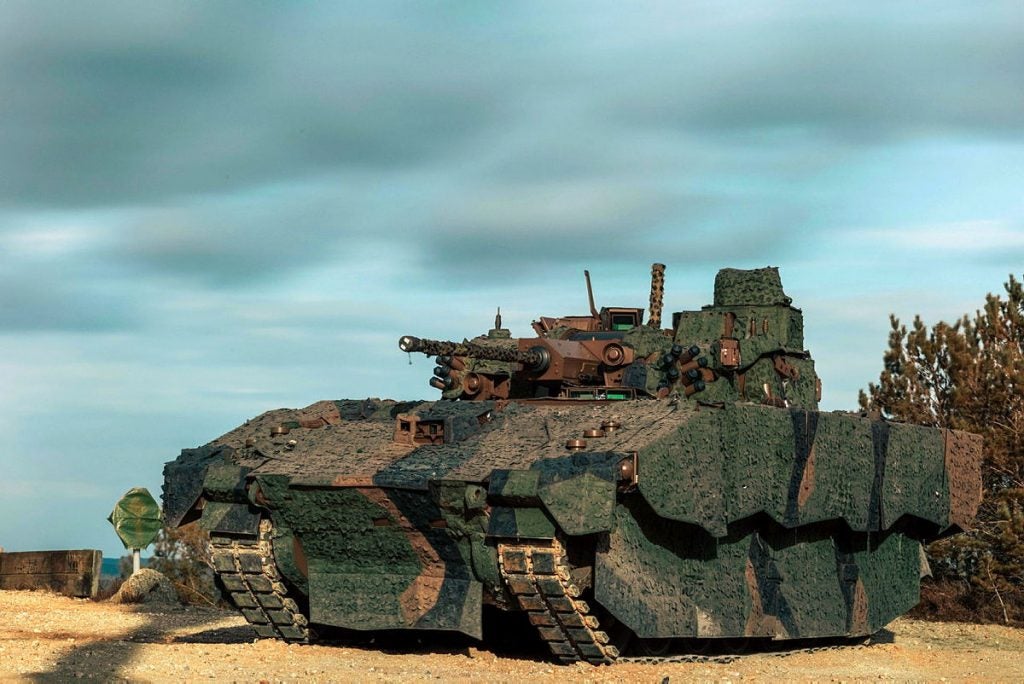
Also revealed in Future Soldier is Programme THEIA, the British Army’s digitalization agenda. THEIA will lead the British Army’s plans to modernize the totality of its “deployable digital system”, with modernization ranging from expeditionary command to improved networking of sensors to deciders and effectors. The Army adds that “upskilling our people from recruitment to retirement in digital excellence, potency and innovation” will be key to its “digital capability transformation”, with the highest priority for investments being the security of the Army’s data and digital capabilities.
However, the total size of the Army will be cut to 73,000 from the current target strength of 82,000 by 2025. To compensate, Future Soldier will be implementing an Army Reserve Transformation Programme for its 30,100 target size, with every part of the Army Reserve to “have a clear warfighting role”. In addition to increased readiness for times of war, the Army Reserve will gradually acquire principal responsibility for Homeland Protect and Resilience operations, with regulars supporting them.
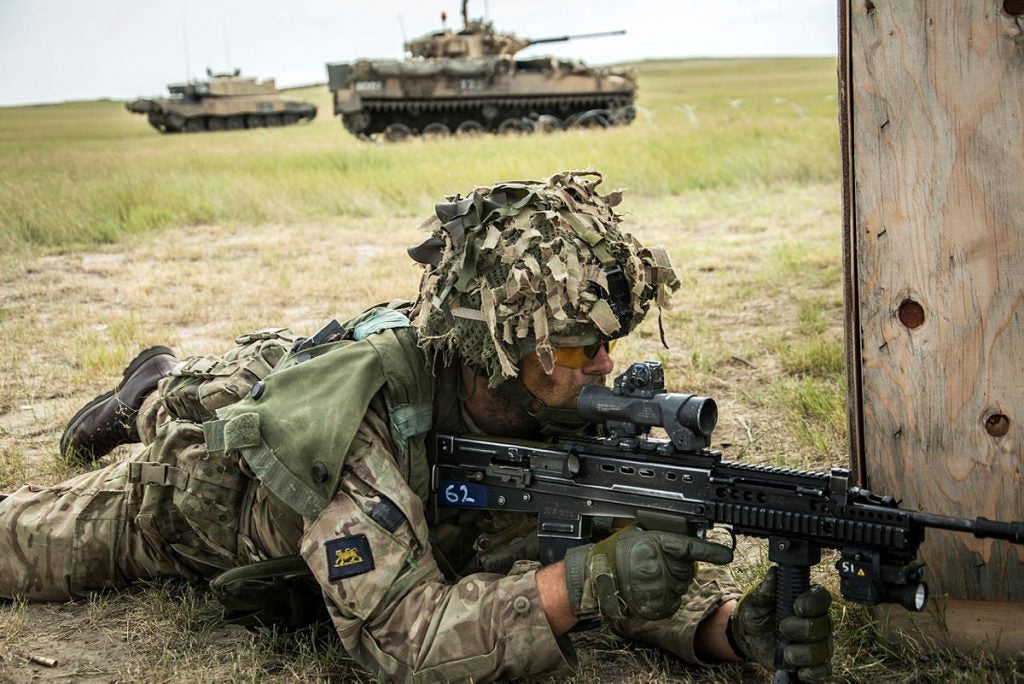
The regular Army’s manpower cut has been criticized by the UK’s opposition, with Labour shadow defence secretary John Healey saying that Prime Minister Boris Johnson had broken his election promise not to cut the size of the armed forces. Healey said that the UK would have the “smallest army in 300 years” by the next elections due to the cuts, saying that he feared that the post-reform Army would be “too small, too thinly stretched, too poorly equipped to deal with the threats that the UK and our allies now face, which are growing and diversifying”.

